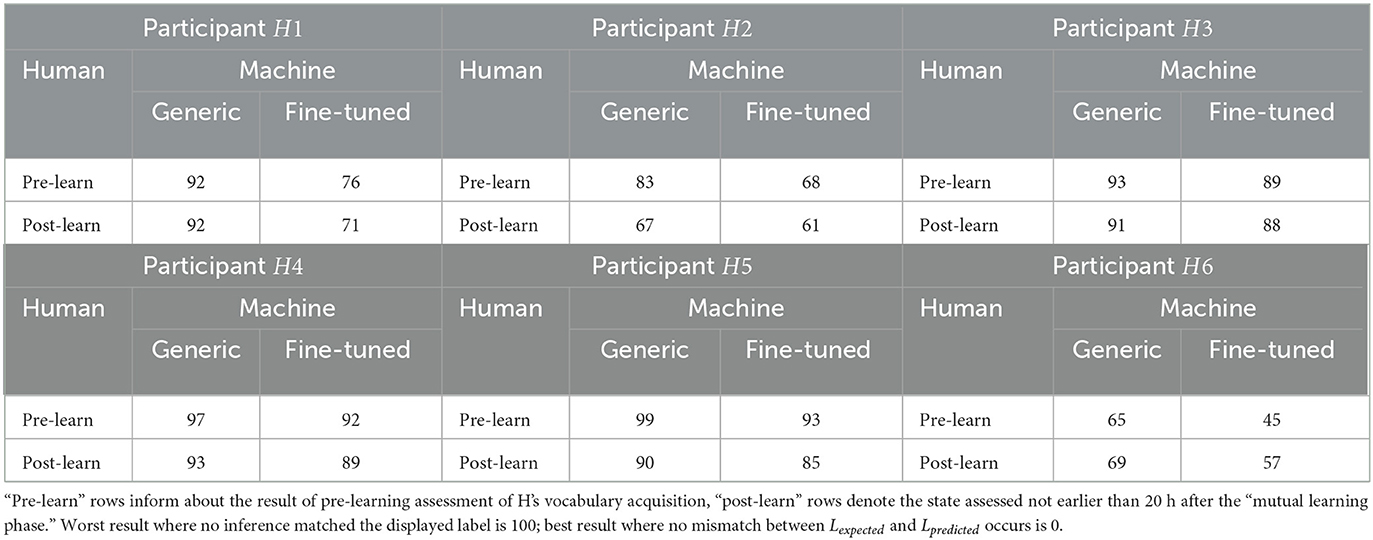

dall-e 3: "illustration on black background of concept human-machine peer learning where machine learns from human and human learns from machine"
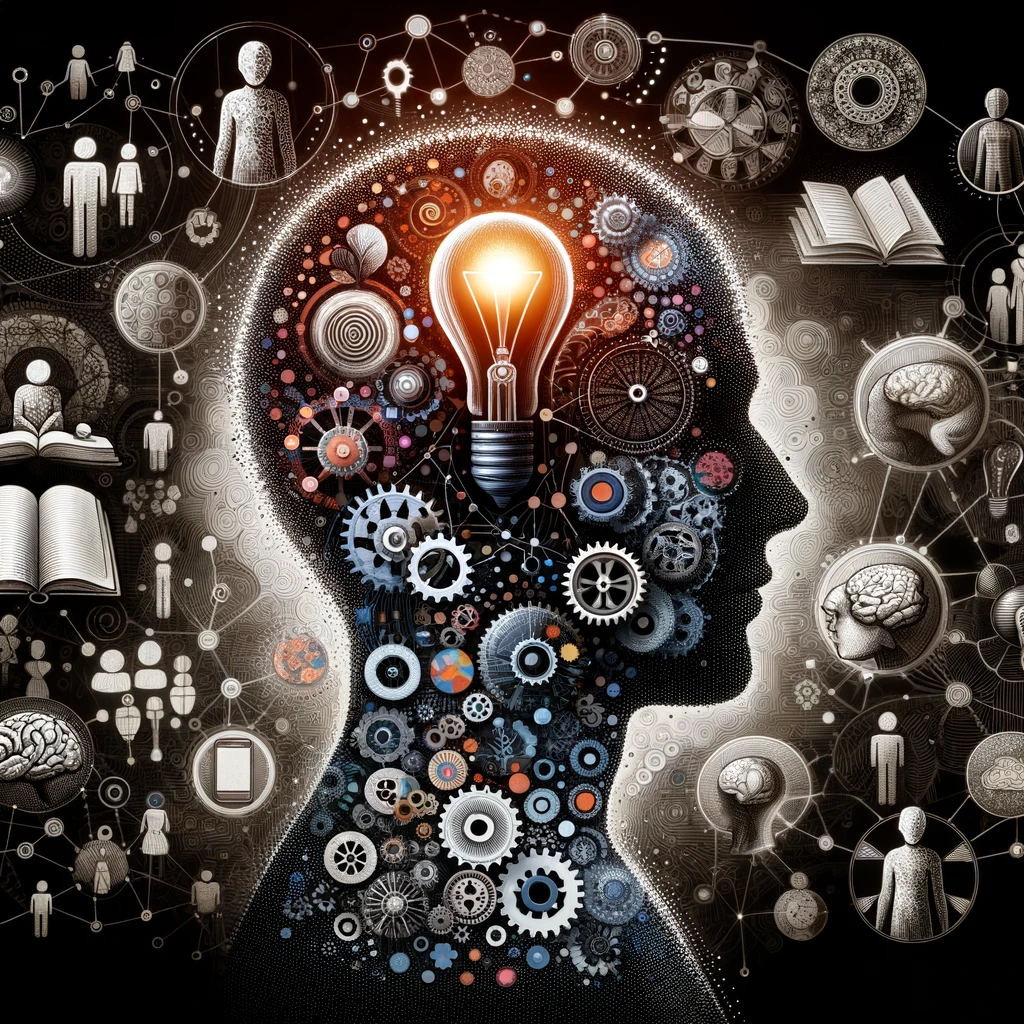
dall-e 3: "illustration on black background of essence of human learning"
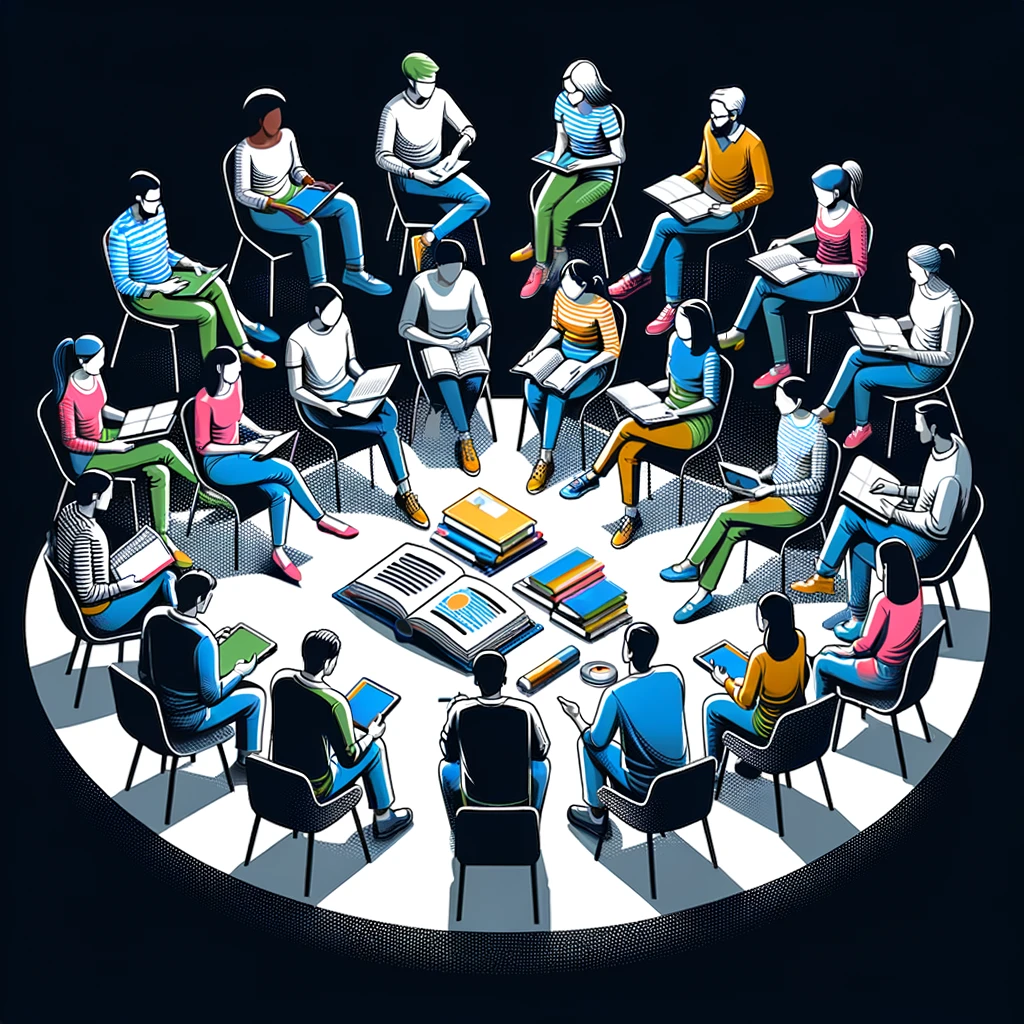
dall-e 3: "illustration on black background of peer learning"
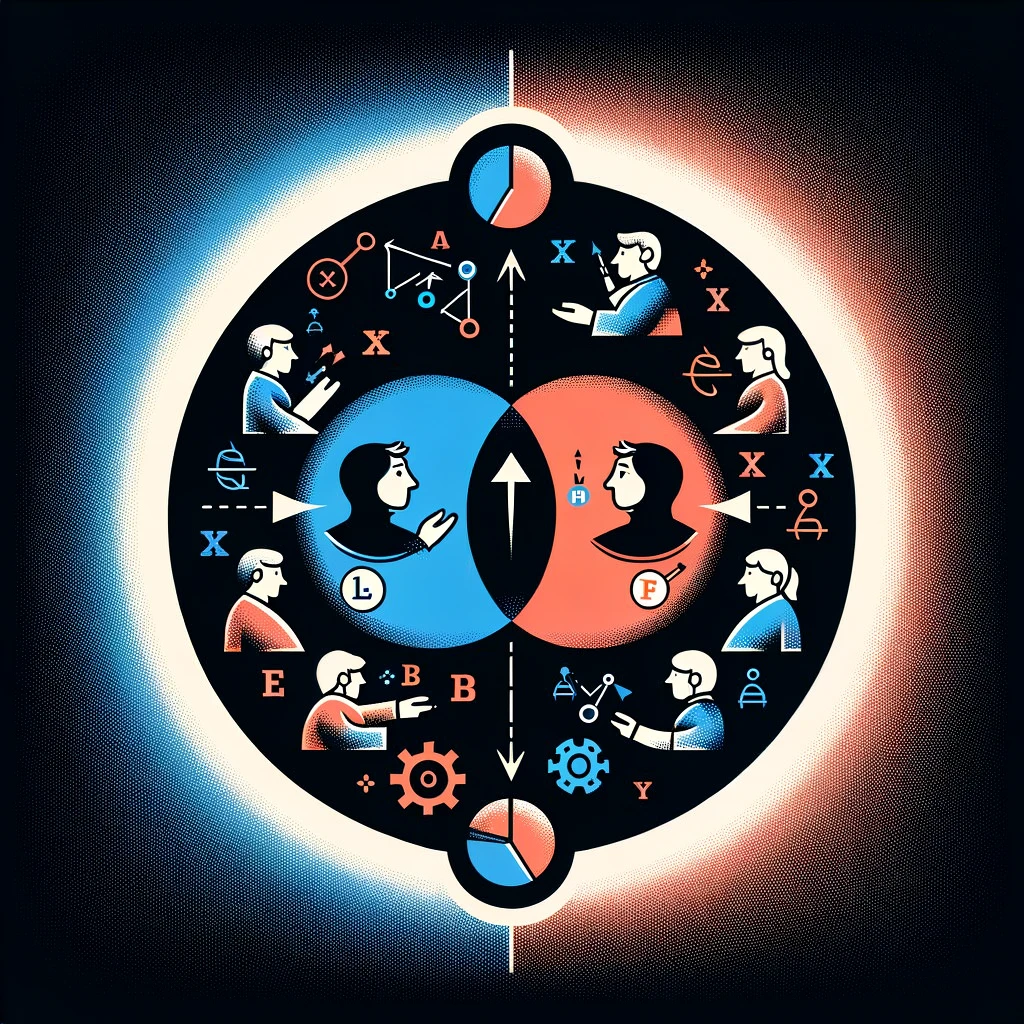
dall-e 3: "illustration on black background of peer learning, person A teaching X to B and B teaching Y to A , A is in the center of the first circle of one color and in periphery of the second circle, B is in the center of the second circle and on the periphery of the first circle"
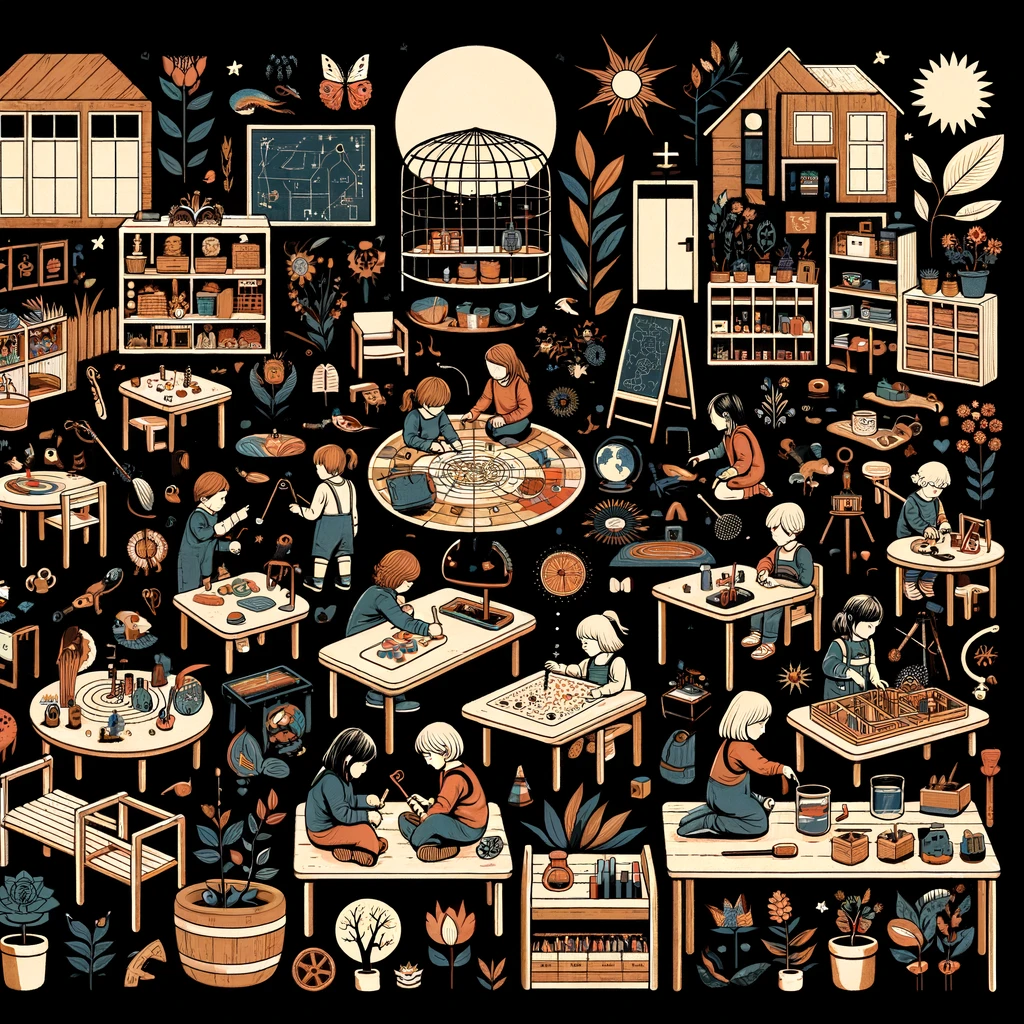
dall-e 3: "illustration on black background of essence of montessori education, no text"
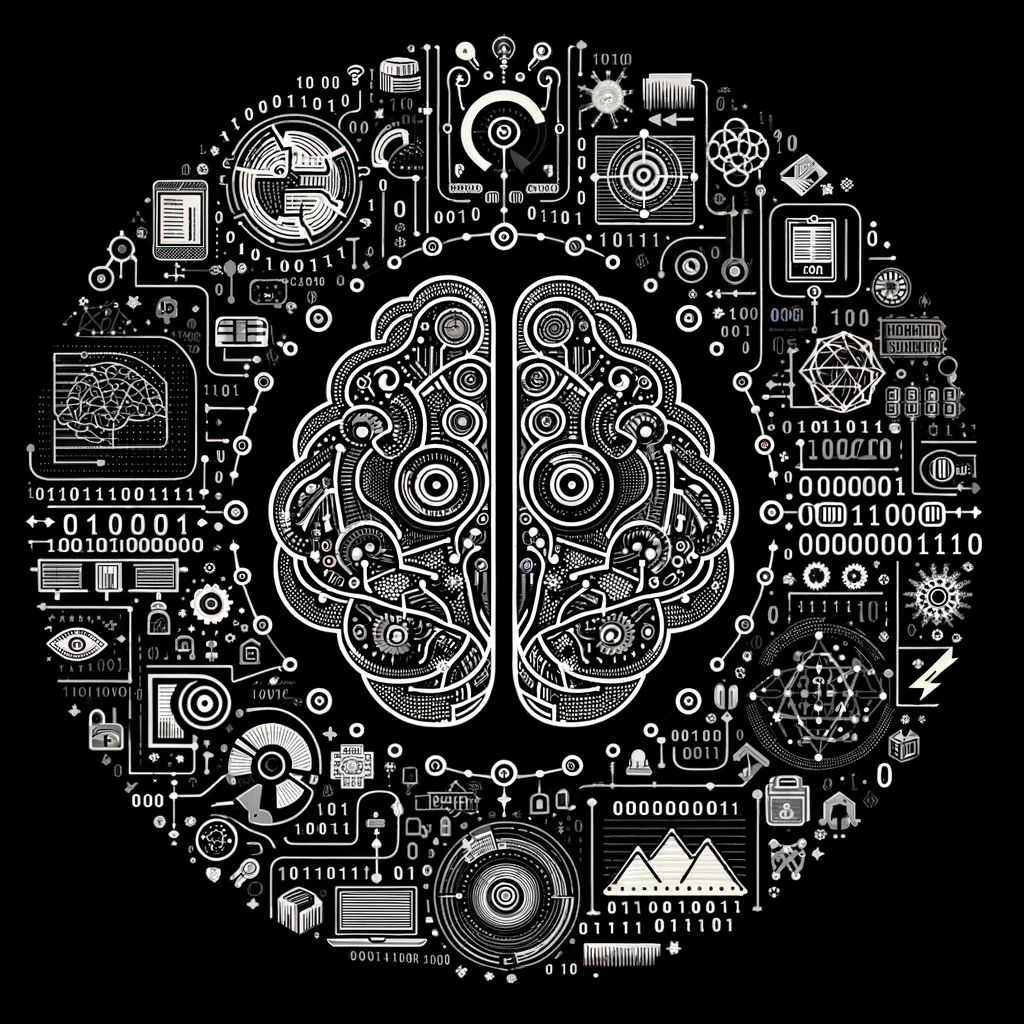
dall-e 3: "illustration on black background of essence of machine learning"

dall-e 3: "illustration on black background elucidating difference between carbon-based process of human/organic learning and silicon-based process of machine learning. do not use light bulbs"
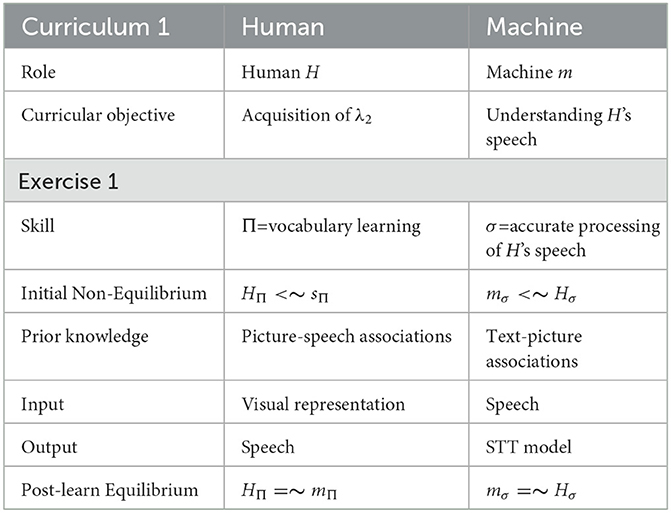
Table 1 from article Hromada & Kim (2023) Frontiers in Education
